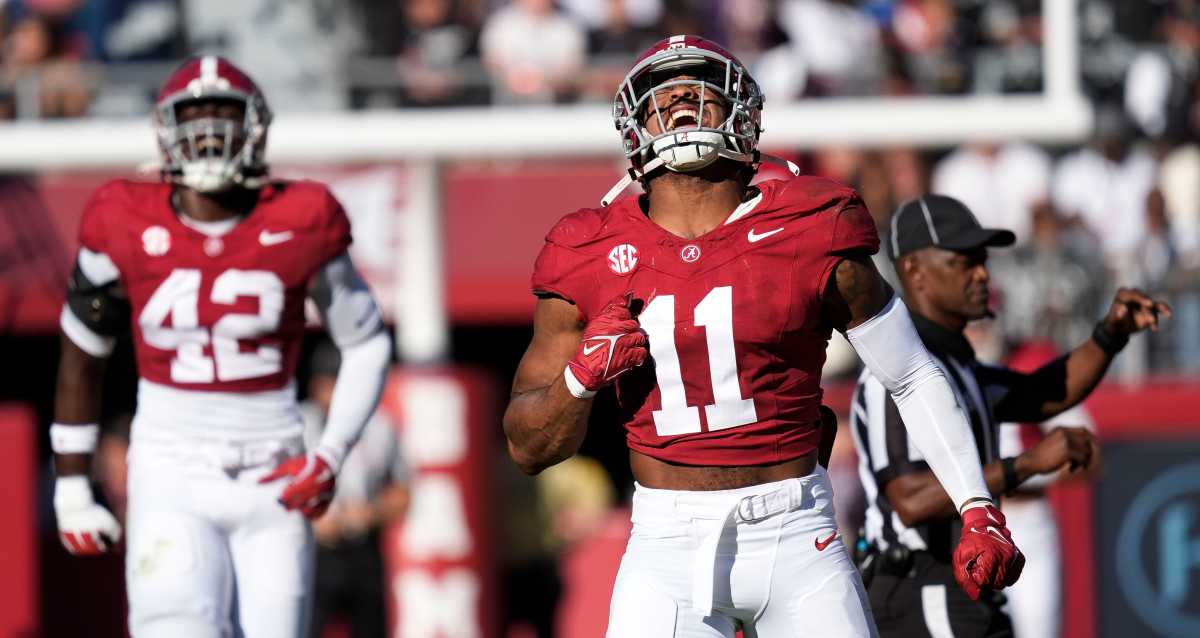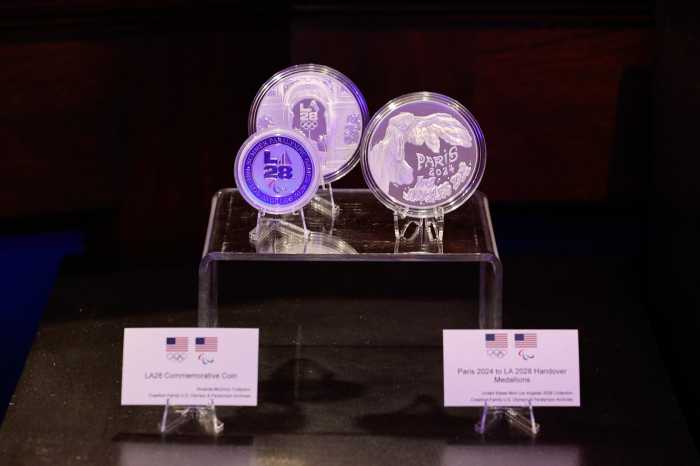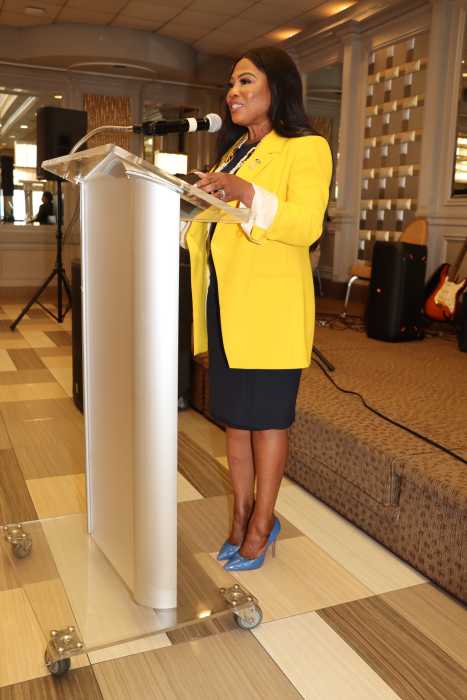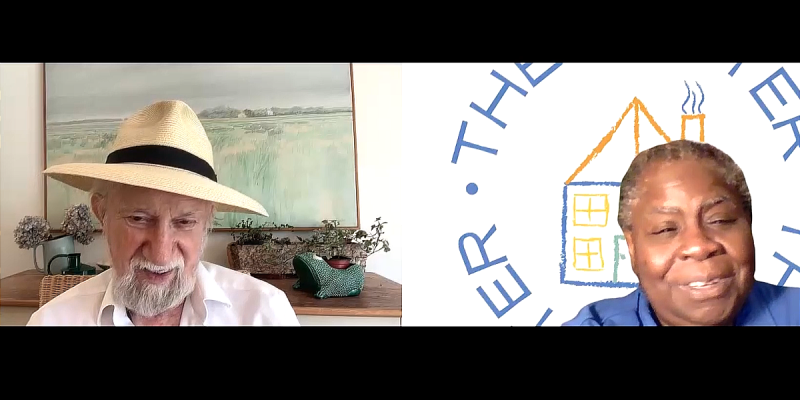By Winni Zhou and Andrew Galbraith
SHANGHAI (Reuters) – China’s central bank could cut its benchmark policy rate for the first time in four years if the U.S. Federal Reserve delivers a widely expected cut in late July, analysts say, as Chinese policymakers step up support for the slowing economy.
Market watchers, however, believe the People’s Bank of China (PBOC) is more likely to follow any U.S. rate cut by lowering its key short-term money market rates.
It would not be the first time the PBOC has followed the Fed’s lead. In 2017 and 2018, the bank raised short-term money rates hours after U.S. hikes, although in more modest and symbolic moves of 5 to 10 basis points.
While Chinese officials continue to downplay the likelihood of more aggressive easing, the economy has been slow to respond to a host of earlier stimulus measures, while the U.S.-China trade war is growing longer and costlier.
Some analysts believe GDP growth is nearing the lower end of the government’s 2019 target range of 6-6.5%, reinforcing expectations that more support is needed soon.
In a bid to spur more lending, the PBOC has injected huge amounts of liquidity into the financial system in various forms over the past year, targeting small and private companies in particular. It also has quietly guided some short-term rates lower to reduce corporate financing pressure.
But analysts say that has not jumpstarted investment as much as planned, as the uncertain business outlook leaves companies wary of making the fresh investments needed to steady the economy. They say a system-wide cut in interest rates may offer struggling firms more immediate relief.
“The current monetary policy transmission mechanism is jammed, and the impact of quantitative regulations is therefore limited,” said Ming Ming, head of fixed income research at CITIC Securities in Beijing.
“Lowering the interest rate is more appropriate for China now,” he said.
CAUTION
Markets have priced in a 25 basis-point cut to U.S. interest rates when the Fed holds its next policy meeting on July 30-31, and expect several more later this year and next as the U.S. economy cools.
China has not changed its benchmark one-year lending or deposit rate since October 2015, with the central bank preferring to use money market operations that influence short-term rates, and special loan schemes to direct credit to more vulnerable sectors.
A very forceful easing signal could pressure China’s yuan currency and encourage capital outflows, while adding to a mountain of debt leftover from past credit binges, analysts say. The PBOC reportedly told banks recently to stop cutting mortgage rates, amid persistent worries about a property bubble.
But an increasing number of China watchers now believe a benchmark rate cut cannot be ruled out if domestic and external economic conditions deteriorate further. Policy easing by the Fed would give the PBOC more room to man oeuvre.
Premier Li Keqiang recently stoked expectations of more action by pledging measures to cut real interest rates on financing for small and micro firms.
INVERTED RATES
The PBOC has aggressively slashed the amount of cash that banks must hold as reserves six times since early 2018, and is widely expected to continue lowering those requirements.
In recent weeks it has also stepped up cash injections to calm market nerves after regulators seized a troubled bank, which sparked worries of financial contagion.
But record low interbank borrowing costs, prompted by flush liquidity, have led to unintended consequences.
On Tuesday, the benchmark overnight repo rate for banks plummeted to 0.70%, the lowest since data became available in 2003, and below the interest rate offered by the central bank on commercial banks’ excess reserves, which now stands at 0.72%.
Traders said the inverted rates nullified the interbank repo business by making it more profitable for banks to hold onto cash than lend it out.
Faced with diminishing returns from injecting cash into the banking system, but wishing to avoid a destabilizing shock, most analysts think the PBOC will turn to adjustments to short-term money rates.
Lu Ting, chief China economist at Nomura in Hong Kong, said he expects the PBOC to likely follow the Fed by cutting quasi-policy rates by “around 10 basis points” to relieve pressure on growth and employment.
Serena Zhou, an economist at Mizuho Securities in Hong Kong, said she expects any adjustment to echo the symbolic moves in 2017 and 2018.
“Lowering the reverse repo rate by 5 bps would not create a huge real impact, but would restore market confidence,” she said.
Frances Cheung, head of Asia macro strategy at Westpac in Singapore, also said the PBOC may adjust open market operation rates if market rates remain at low levels, effectively “playing catch-up to the market”.
“On balance there is still need for liquidity or credit support,” she said.
The PBOC’s seven-day reverse repo rate is currently at 2.55 percent.
(Reporting by Winni Zhou and Andrew Galbraith; Editing by Kim Coghill)




















